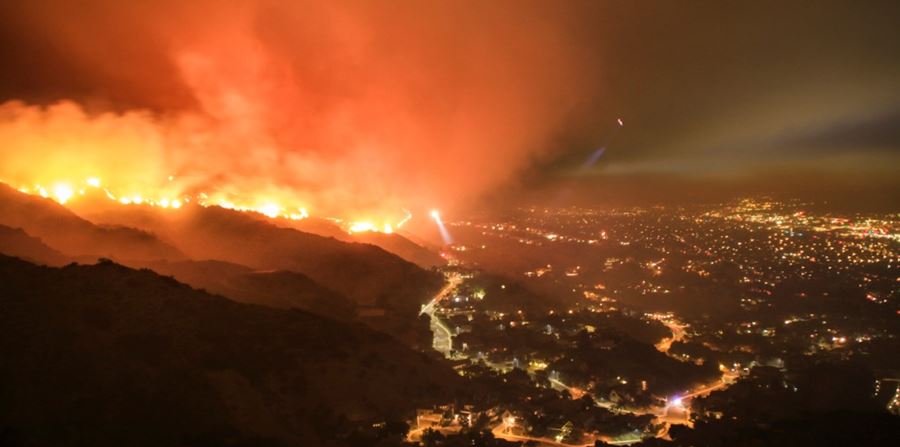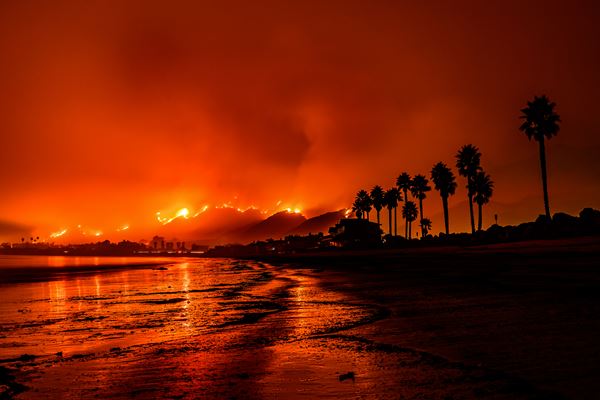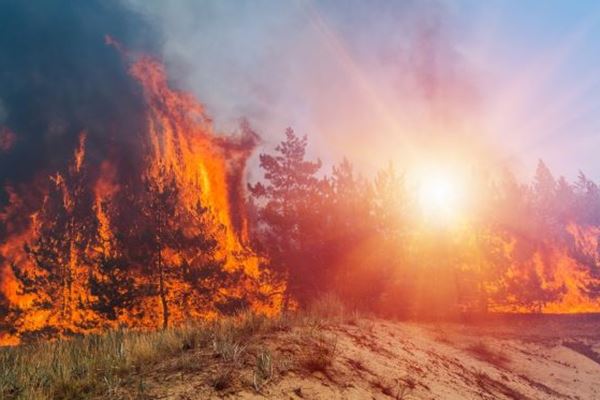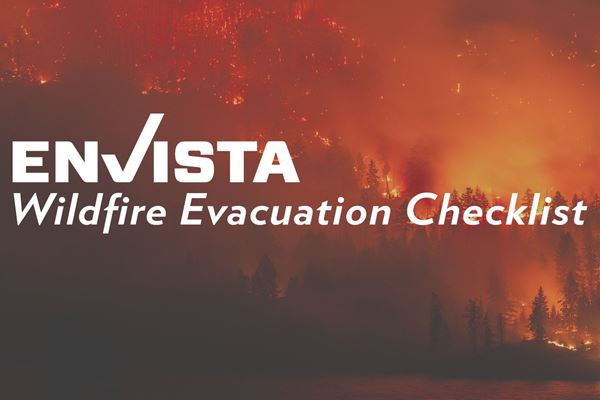How to Prepare for a Wildfire

Wildfires can be terrifying for all those involved, but to be trapped in one or caught trying to evacuate with thousands of others, can be downright frightening.
The desert southwest, including California and Arizona, has been hit with a blazing wildfire, and for Arizona in particular, it's the seventh-largest in history. As of early June, the fires have burned nearly 90,000 acres, displaced thousands, and it isn't stopping any time soon.
Wildfire season is always dangerous, and it's important for residents to take the necessary safety precautions and stay informed.
How to Prepare for a Wildfire
Wildfire Preparation Checklist
Planing for a wildfire when you live in a prone area can be critical to protecting your property and family.
- If you find yourself in an area that is prone to wildfires, look into fire-retardant roofs and siding for your home or business.
- Make sure you have a defensible, fire-safe, or resistant landscape on your property, keep it at a minimum, and keep it back 30 meters from the house.
- Build decks made of fire-resistant materials, and don't store propane near the property.
- Attic vents should be no more than 6.5mm in diameter to prevent floating embers from entering your home.
- If you live or work in an area prone to bush fires, pre-plan at least two evacuation routes, a primary route, and a backup route, away from the property.
- Assemble an emergency supply kit that includes, food, change of clothes, first aid kit, and cash.
- In preparation for a fire, you should catch up on your yard work. Stack lawn furniture away from the house, mow your lawn, trim branches and remove leaves from your gutter are just a few household chores that could reduce risk.
- Leave bowls of water and food out for wild animals to drink and take cover.
- If a fire is in your region, keep track of alert levels.
Wildfire Evacuation Checklist
After you have taken the necessary precautions to protect your house, you'll want to create a Wildfire Evacuation Checklist in case you face an active fire.
- If it is essential to evacuate, do so as soon as first responders and fire officials tell you to, or even before it's officially ordered. You should never wait, as wildfires spread extremely fast. Fires can travel faster than you can run, and sometimes faster than you can drive. You may only have one opportunity to evacuate safely.
- Never assume you have enough time. In an active wildfire, conditions can worsen and/or drastically change in seconds, not minutes or hours.
- Before you leave the property, make sure all windows and doors are closed.
- Turn on all the lights so the property is illuminated, as fires can cause blackout conditions.
- When it comes to your evacuation route, stick to the main roads, and figure out how to escape if the main road is blocked.
- If you encounter fire while driving, remain inside your vehicle with the engine running, windows up and ventilation system closed to the interior of the vehicle until the fire moves.
- If all roads are blocked, seek shelter in a structure where you can wait until the main body of the fire has passed.
- If you find yourself directly in the line of the fire, stay by an exterior door and attempt to exit the structure on the side facing away from the majority of the fire. If the structure is not on fire, stay where you are until it is safe outside. Wildfires are usually fast-moving and the longer you can remain safely inside a structure the better chances you will have of surviving once you leave the structure.
- Does your property have an in-ground pool? If so, pools can be a final area of refuge if the fire is directly bearing down on your property area. Keep as much of your body submerged and stay close to the edge to deflect heat. If need be, take deep breaths and submerge under the water as long as possible, repeating until the fire intensity has passed.
- If you have the ability to help others, then do it! A simple act of kindness can save a person's life.
Our experts are ready to help.




